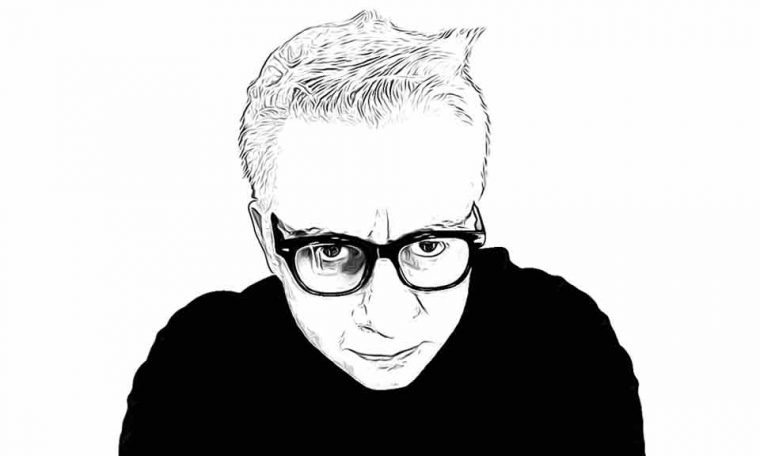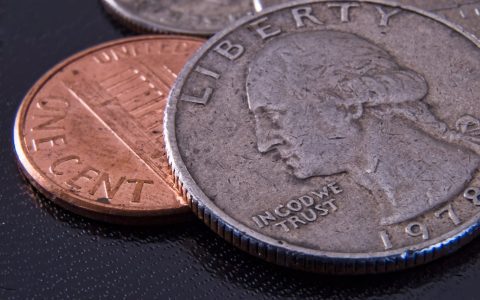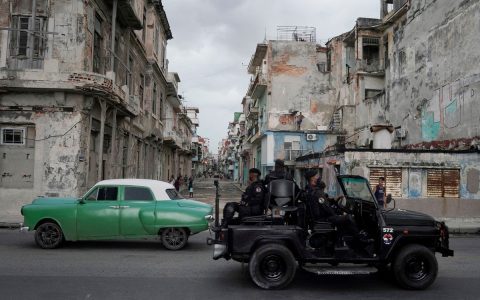
Eliminate poverty It was the wisest economic decision made by China in its history. That was nine years ago. The country’s leaders saw strategy as the only way to power. The hammer strike took place at the 18th Congress of the Communist Party of China (CCP). Immediately, 255,000 teamworks were created with 3 million members. They were sent to the most deprived places of the country. Chinese GDP was in the range of US$8.5 trillion, nearly half that of the US at the time (US$16.2 trillion). Brazil was worth 2.5 trillion US dollars. By that time, Xi Jinping was already the most influential national political leader, but he would not become president until March of the following year. Since then, according to the World Bank, the planet’s GDP has grown by 12.6% (from US$75.2 trillion to US$84.7 trillion), while the United States has grown by 37.5% (US$20.9 trillion) and the Chinese jump. went. 73% (US$ 14.7 trillion). One from Brazil? This dollar has shrunk by 43% ($1.4 trillion in 2020). The train of history kept moving and we fell out of the train. We stayed like that. In record time, by the way.
The decision to lift people out of poverty was not merely part of a government plan, something ancillary or marginal. This was state policy. How the foreign economy started since the 1980s The fight against poverty had actually started two decades ago. In the 1990s, 750 million Chinese lived up to $1.90 a day – the cutoff by which the World Bank defines extreme poverty. Exactly 20 years later, this army of zombies had melted into 90 million people. Whatever happened, what happened in 2012 was decisive: Beijing decided that poverty would not return (unlike what happened in Brazil) and inequality became the enemy of the state. It changed China.
Officially, the country says that extreme poverty has been reduced to zero. However, the crossing is not complete, as half of the Chinese still earn very little. But the hardest boundaries were crossed: that of poverty. As much as he suspects, the data coming from Beijing was a very efficient project to eradicate poverty. The direct result of poverty alleviation was the flourishing of a vibrant middle class. The largest in the world with 400 million people (28% out of 1.4 billion inhabitants). They are families with an annual income between 100,000 and 500,000 yuan (US$15.5 thousand to US$77.4 thousand, R$80 thousand to R$400 thousand).
Bingo. Economy now has an engine and fuel. Including (and mainly) when the world turns bad. Last year, global GDP decreased by 3.6%. Sugar grew by 2.3%. Here we fell 4.1 per cent. In a study by the Pew Research Center using 2018 data, it is possible to look at the phenomenon of China’s middle class with more layers. The World Bank sets poverty reduction at $1.90 per person per day. Pew set it at $2 and created five daily income brackets: poor (up to $2), lower class (from $2 to $10), lower middle class (from $10 to $20), middle class upper (from $20) $50) and upper class (over $50 ) By this criterion, the sum of the lower middle class (34.6%) and upper middle class (16.2%) reaches 50.8% of the Chinese people, or 700 million people. And extremes have almost been eliminated – 0.33% of Chinese people earn more than $2 a day and 1.44% over $50.
For comparison purposes, according to the same study, the sum of the lower middle class (30.1%) with the upper middle class (21.3%) in Brazil is 51.4% and is equal to the percentage in China. So why are we going in the opposite direction from the Asian nation when it comes to economics? For two reasons. The first is that our movement is to raise the lower middle class and mainly poverty. Our curve curves as China progresses. Another proof is that the brutal inequality here only gets worse. While the Chinese account for less than 2% of residents at the peak, Brazil has 13%: at the lower end (up to US$2 per day) are 4.7% of the population, and at the higher end (up to US$50) Brazilians 8%. Huh. A third element makes the equation worse: The Pew data make reference to pre-pandemic. In other words, we’re pretty bad now.
The middle class is more than a group of consumers. It is the state of mind that lubricates the economy. A model of consumer behavior. His move to become the chief was a decision of Beijing’s economic policy. Under Xi Jinping’s watchful eye to reduce the inequality monster, a major theme in his economic speeches. Around here, Paulo Guedes complained about being the son of a maid at Disney and a doorman in college. The truth is, we would be much better off if we weren’t a country run (and supported) by idiots.
Edson Rossi is the editor-in-chief of DINHEIRO.



